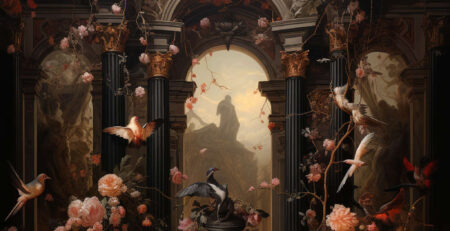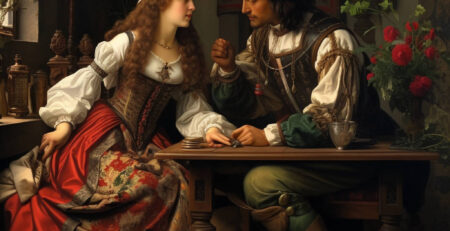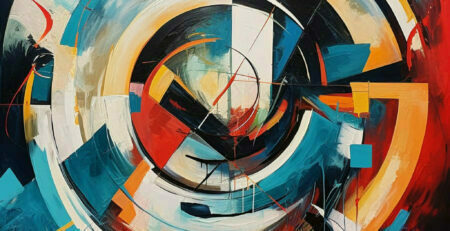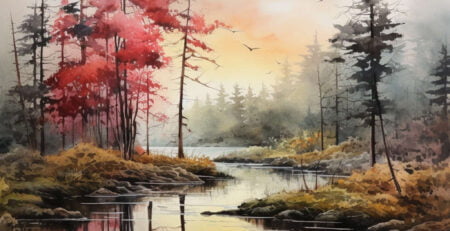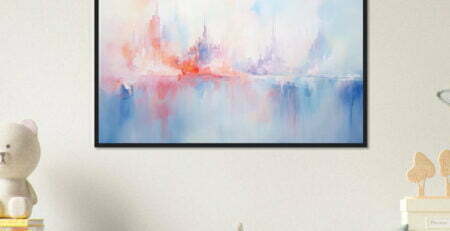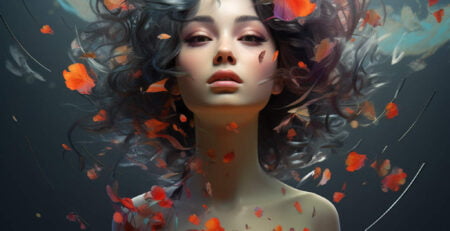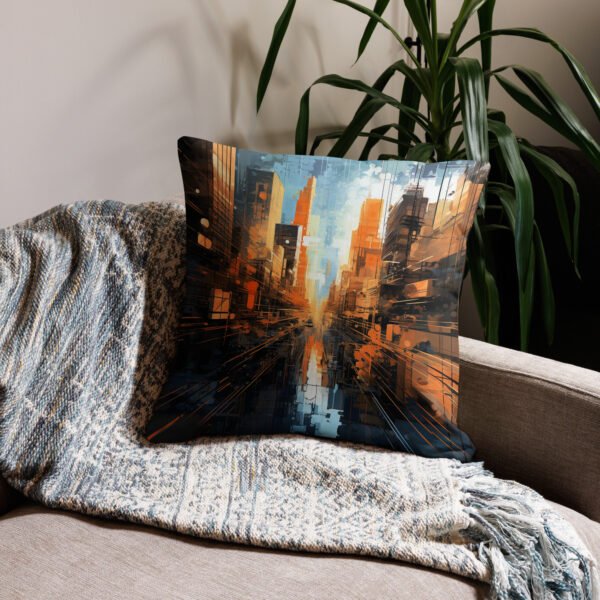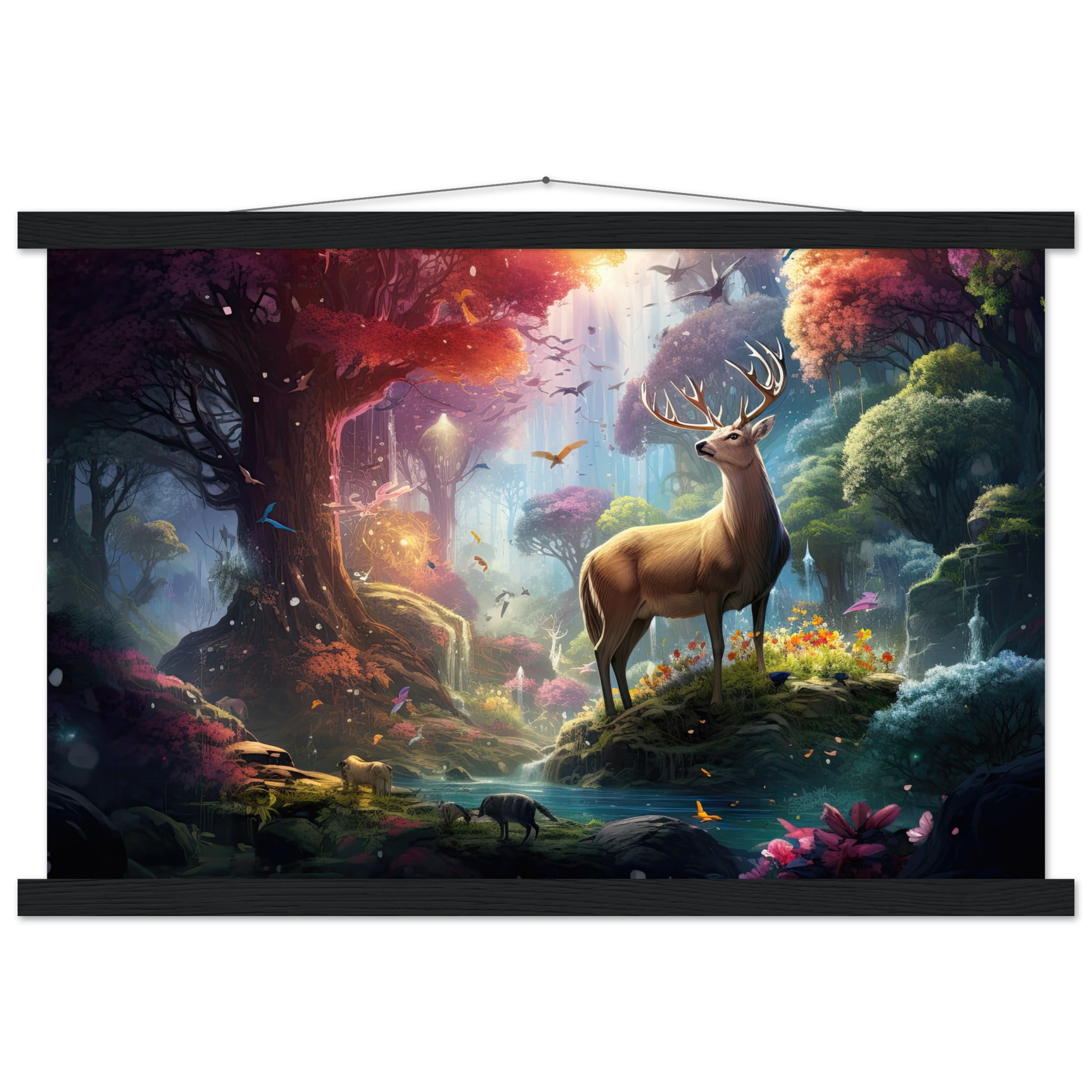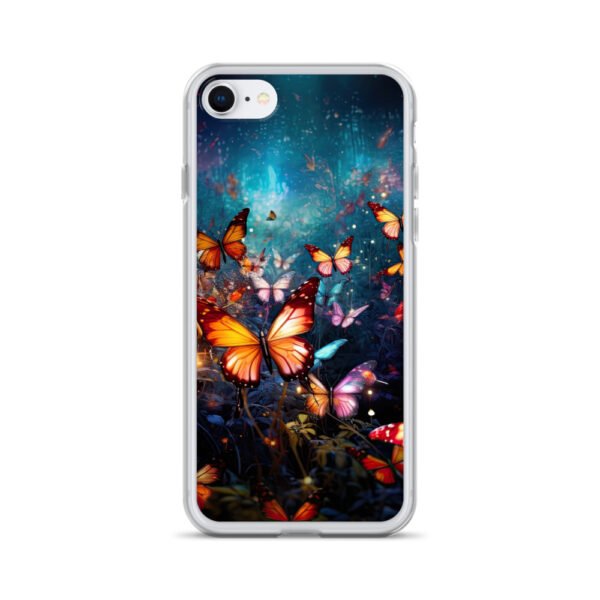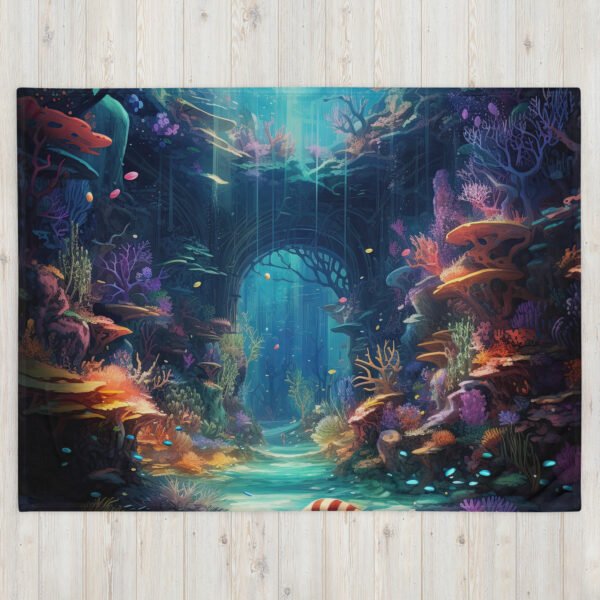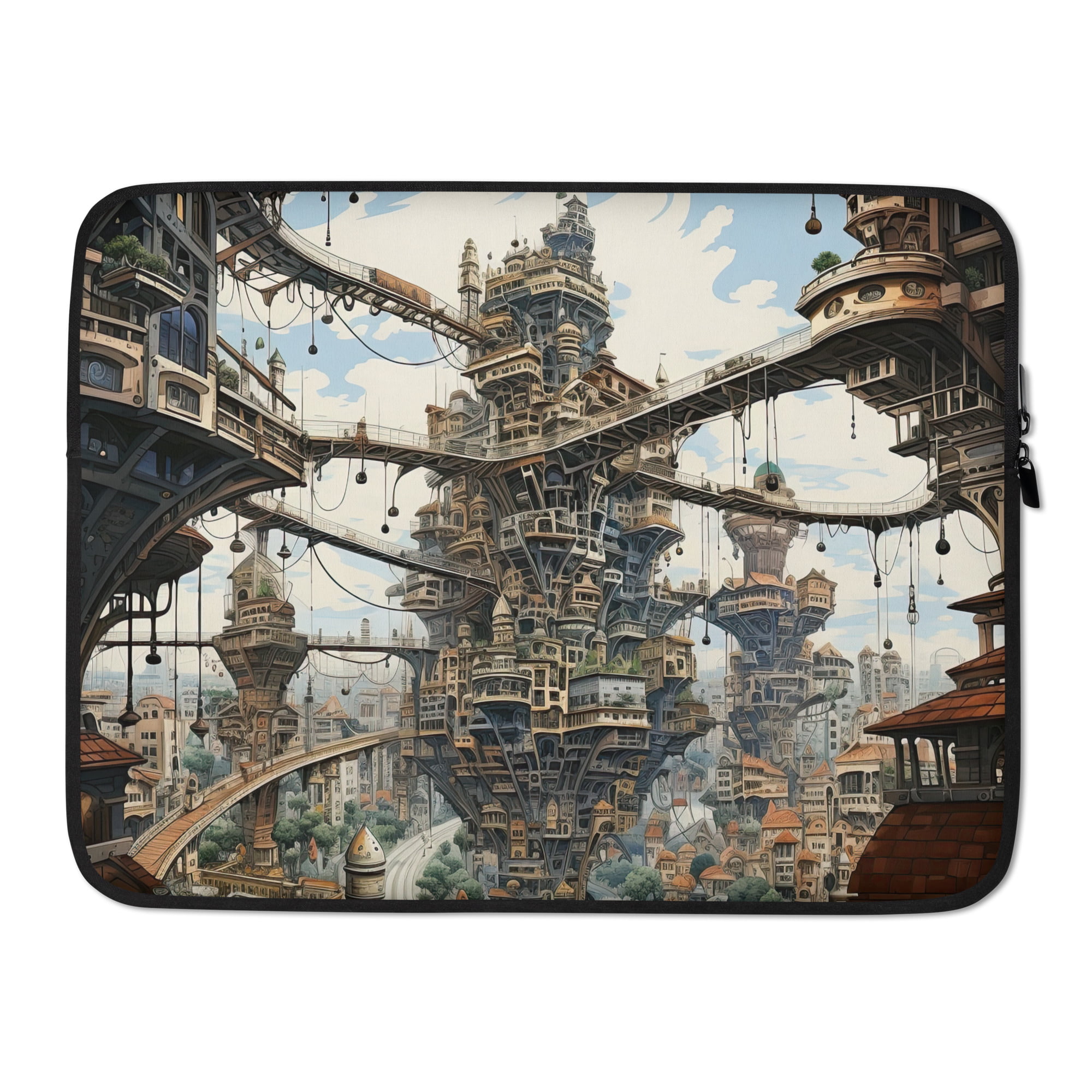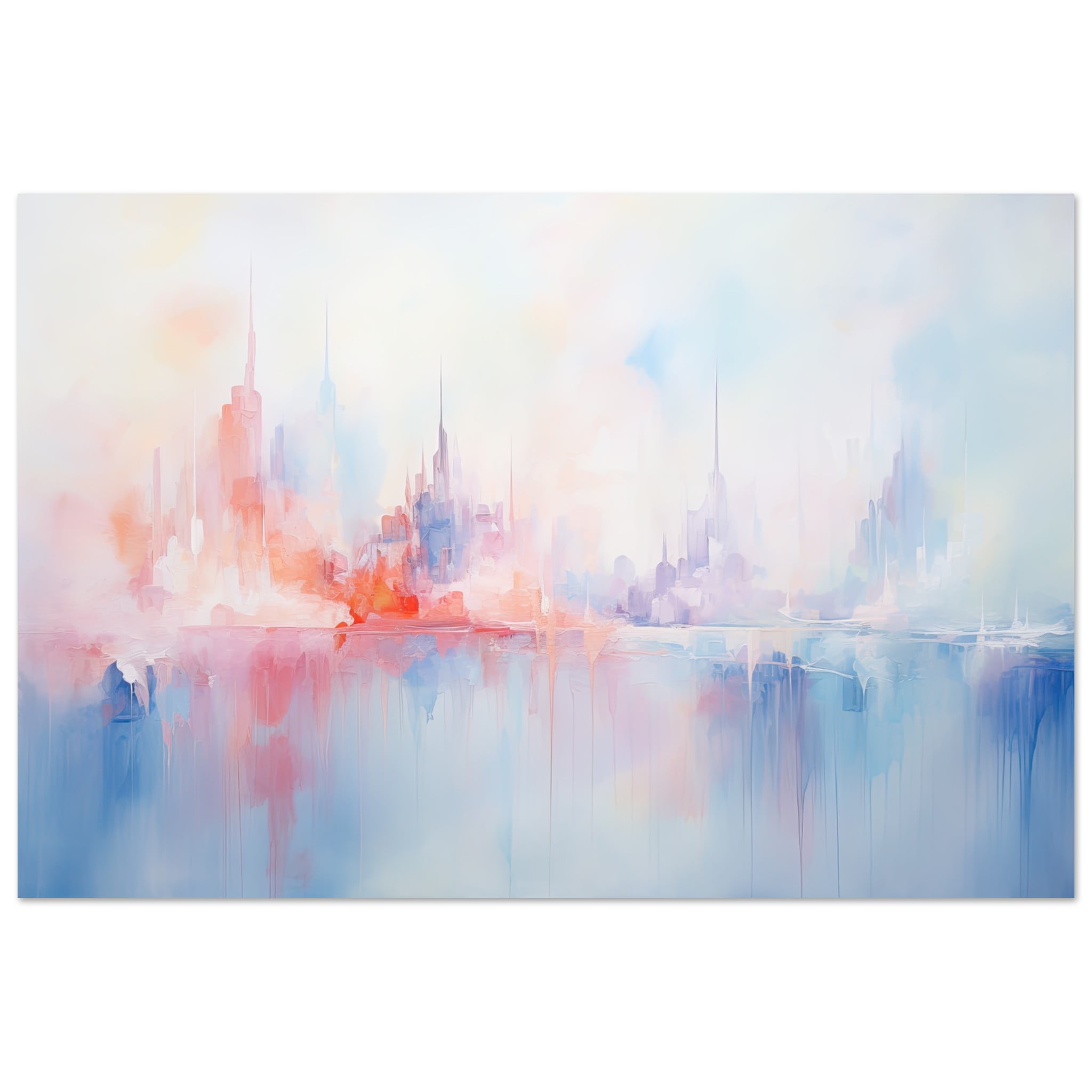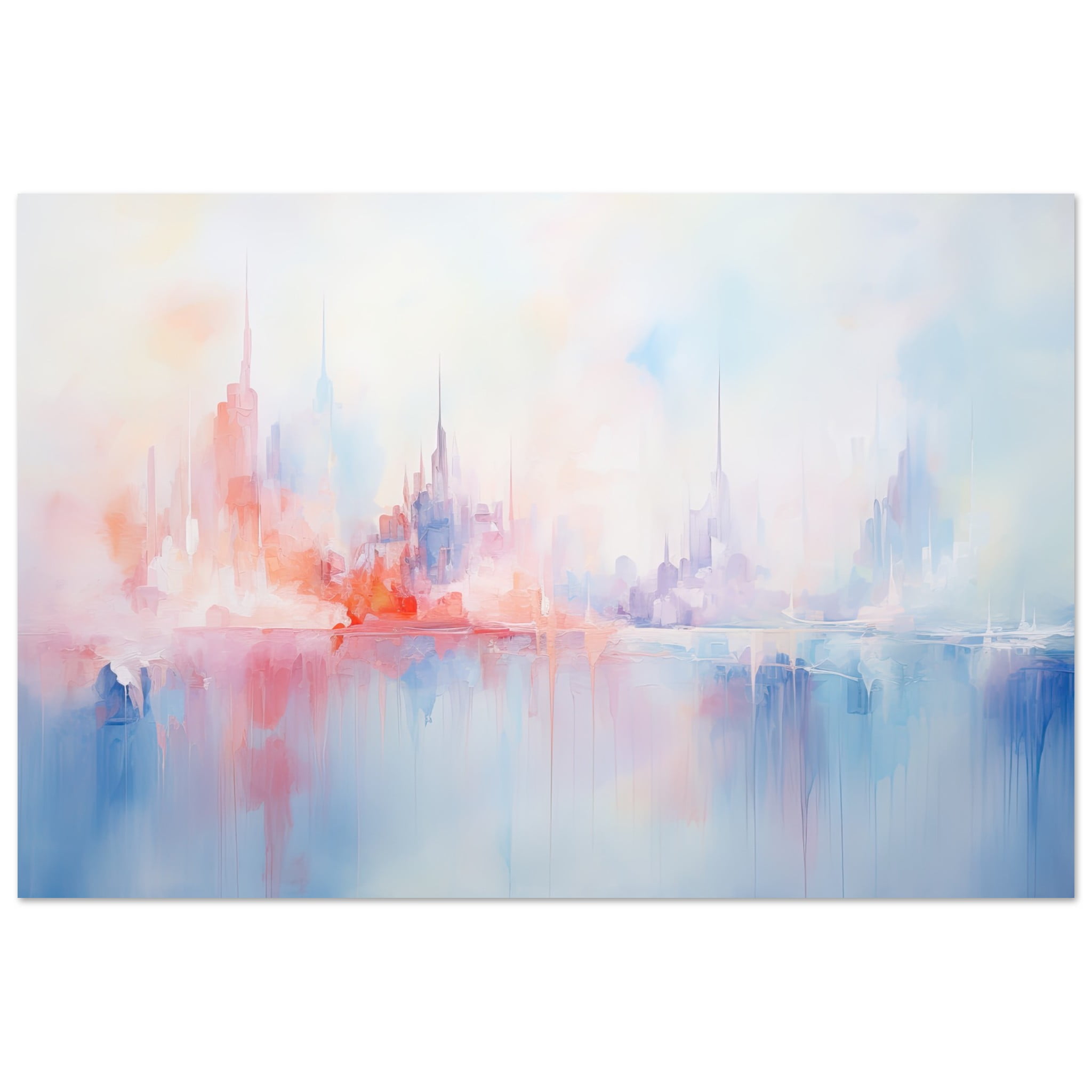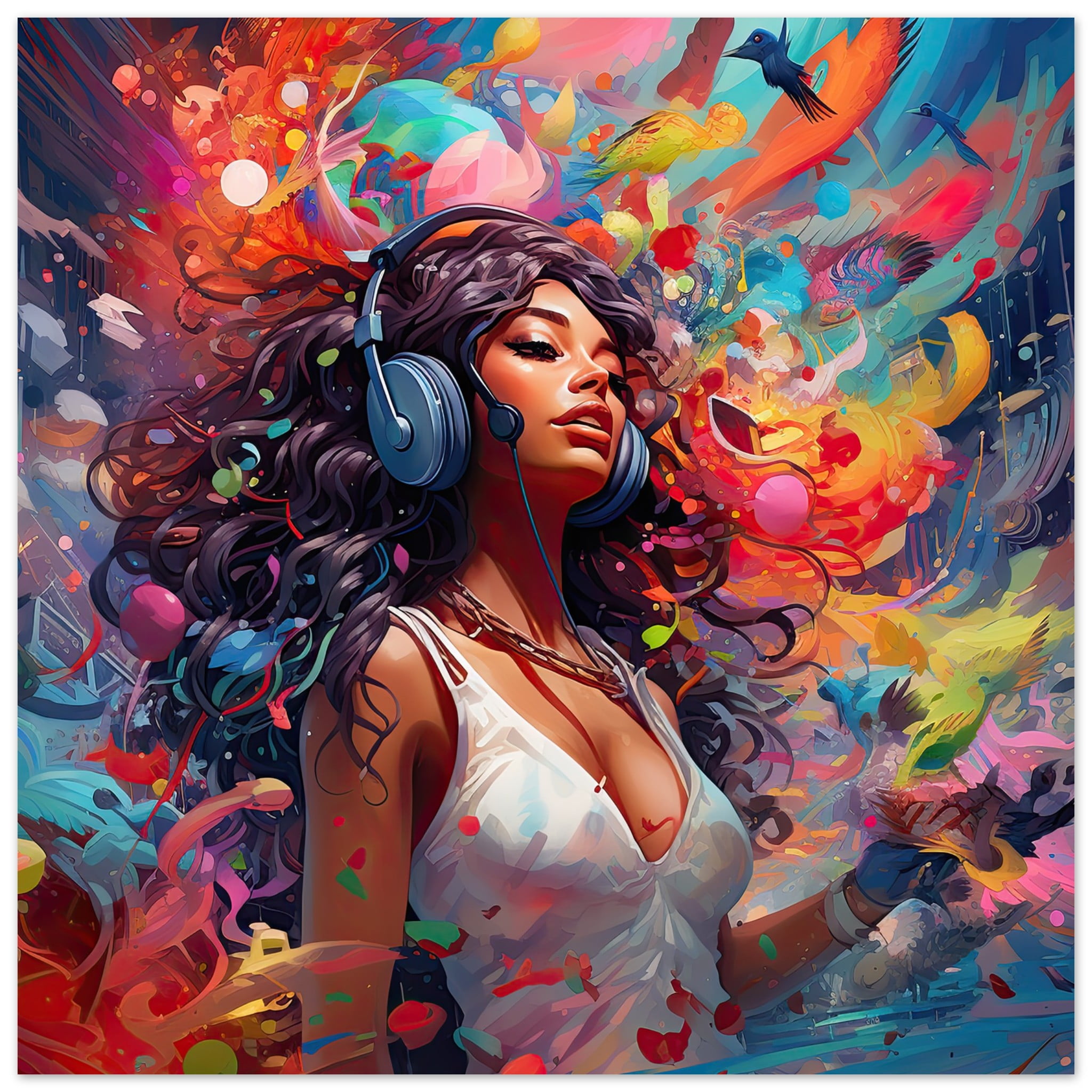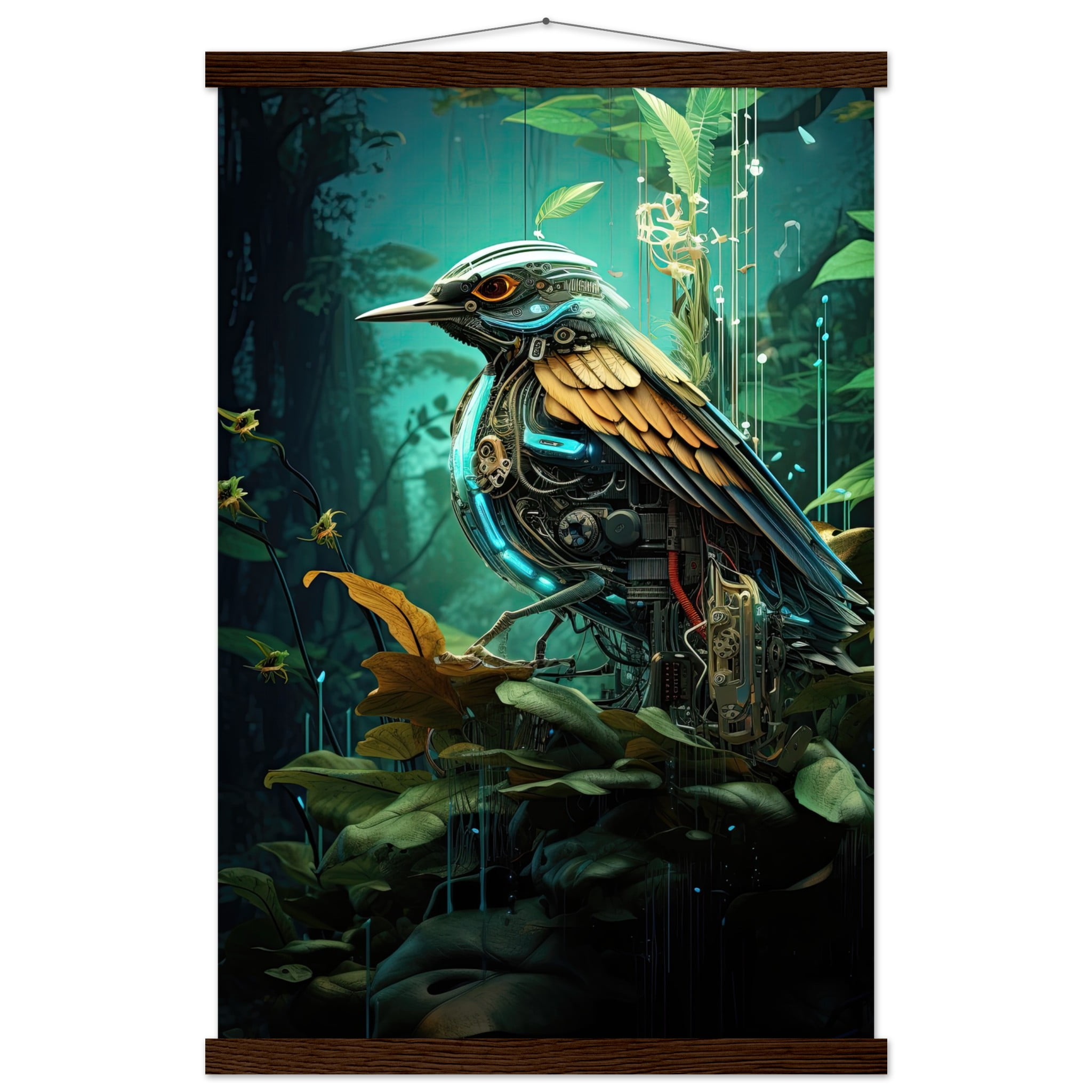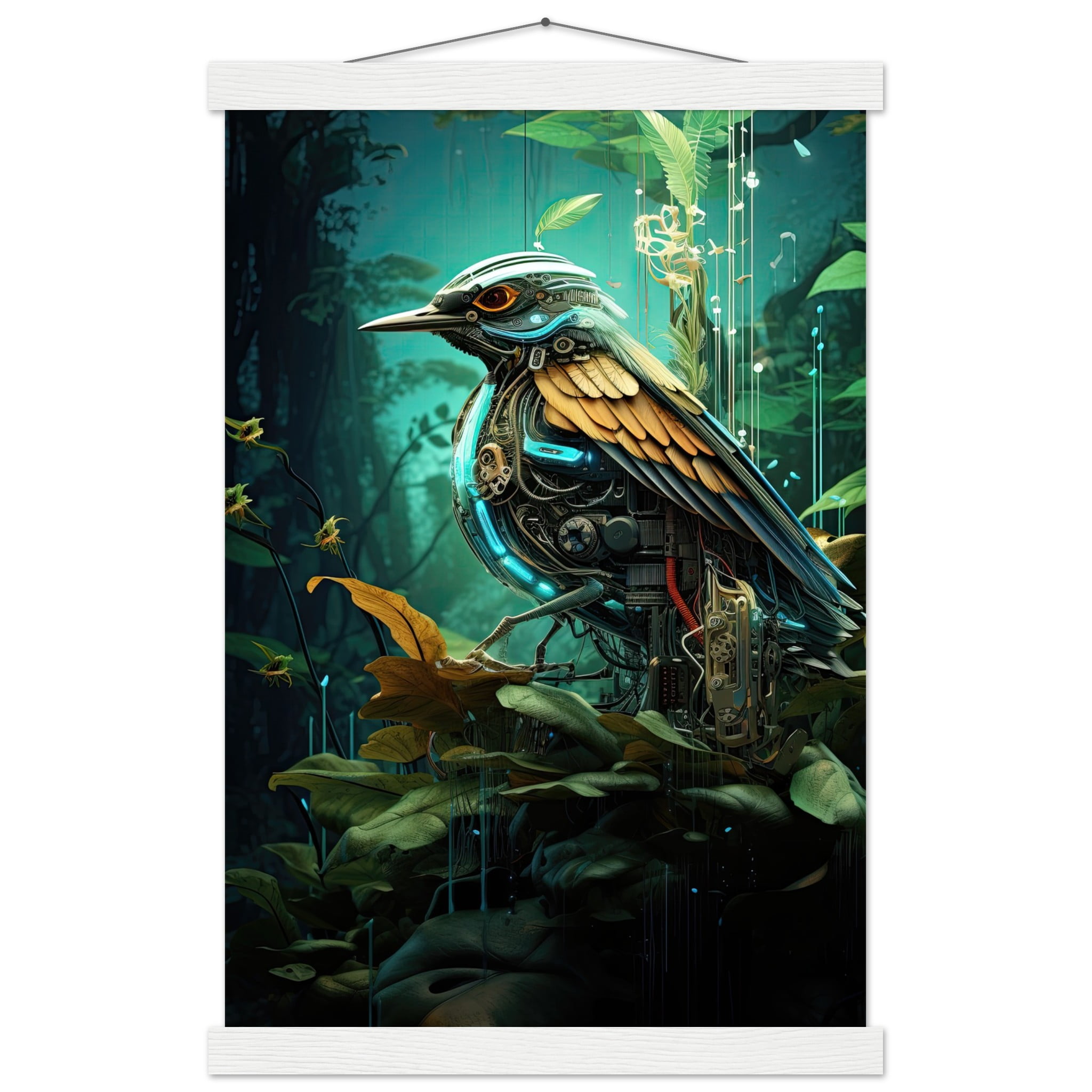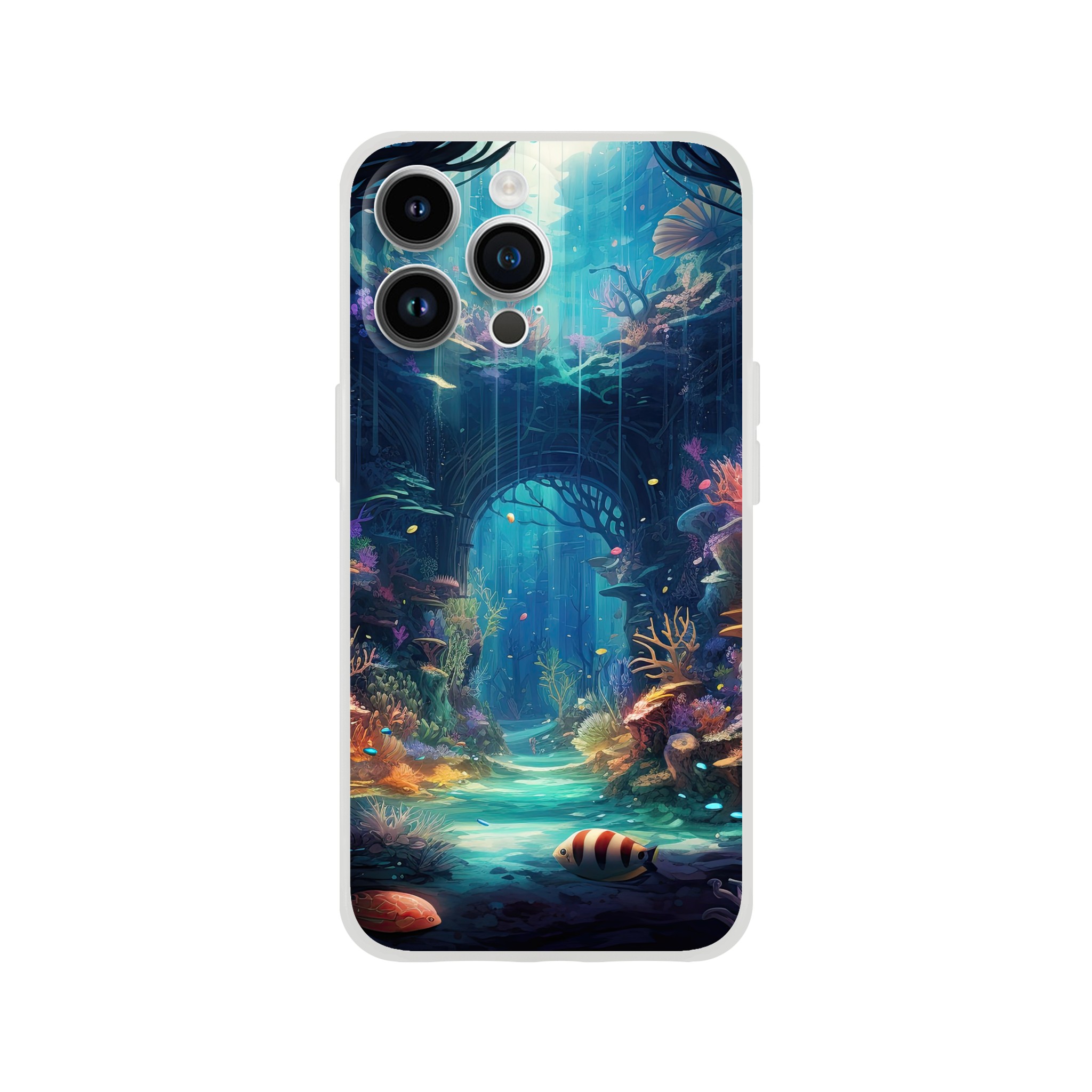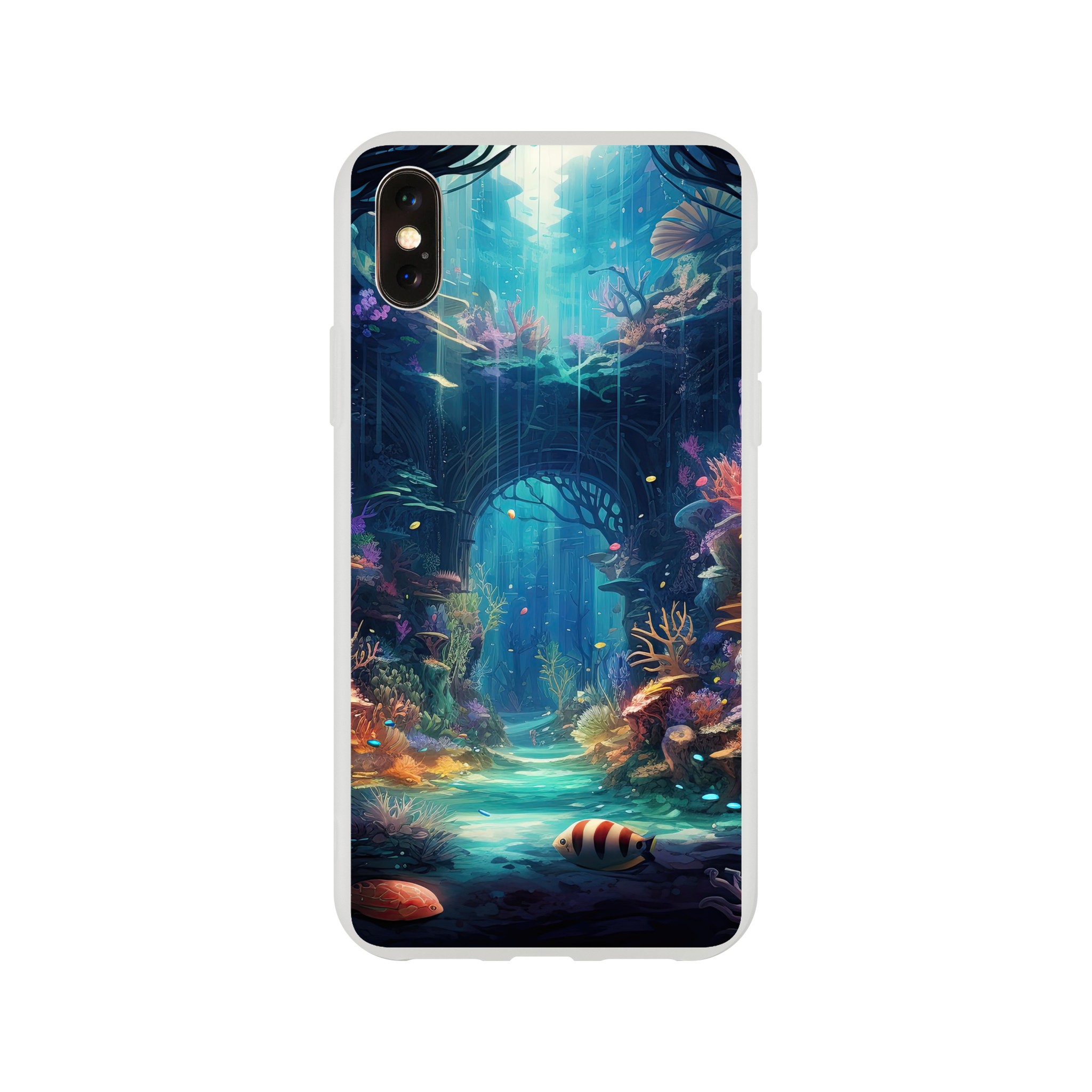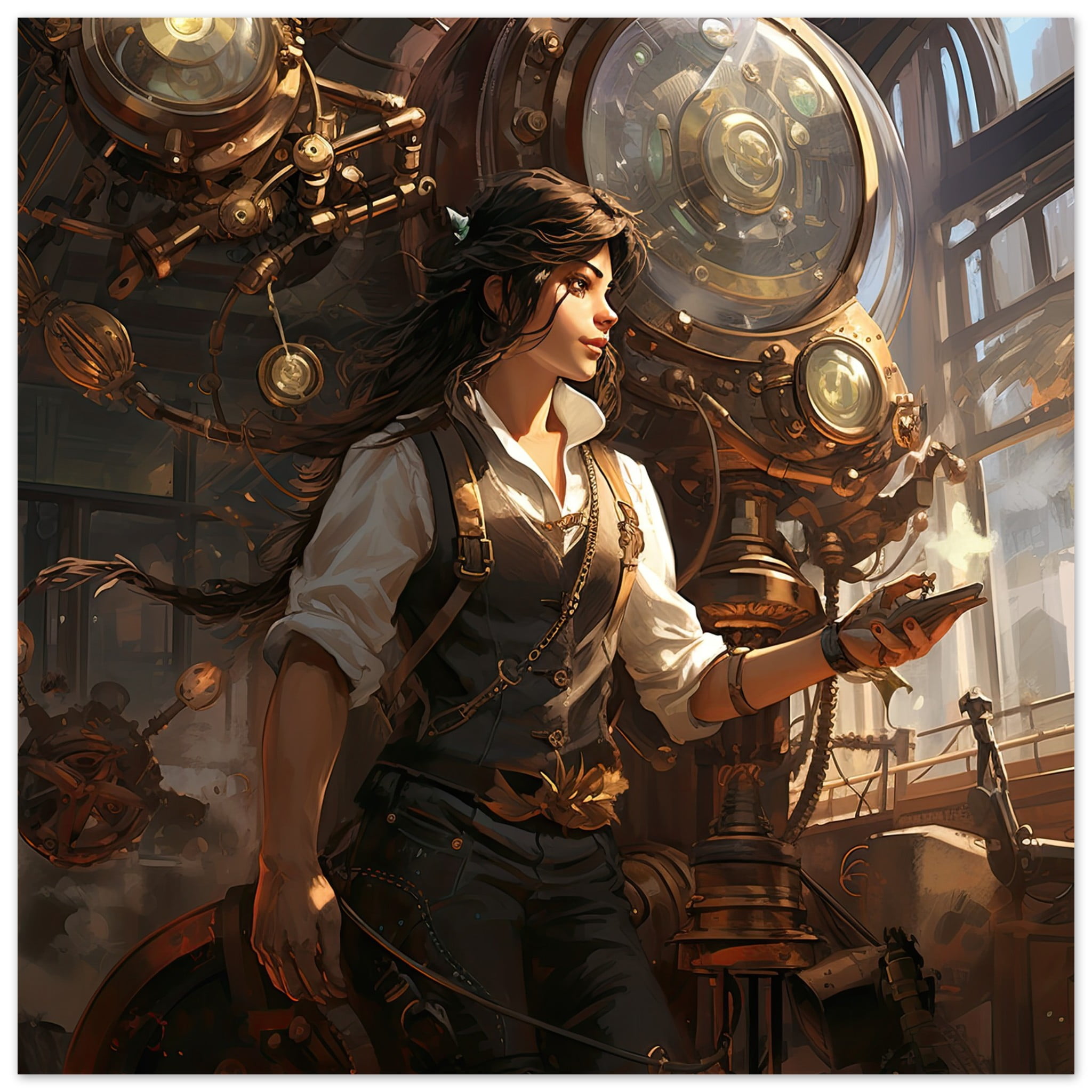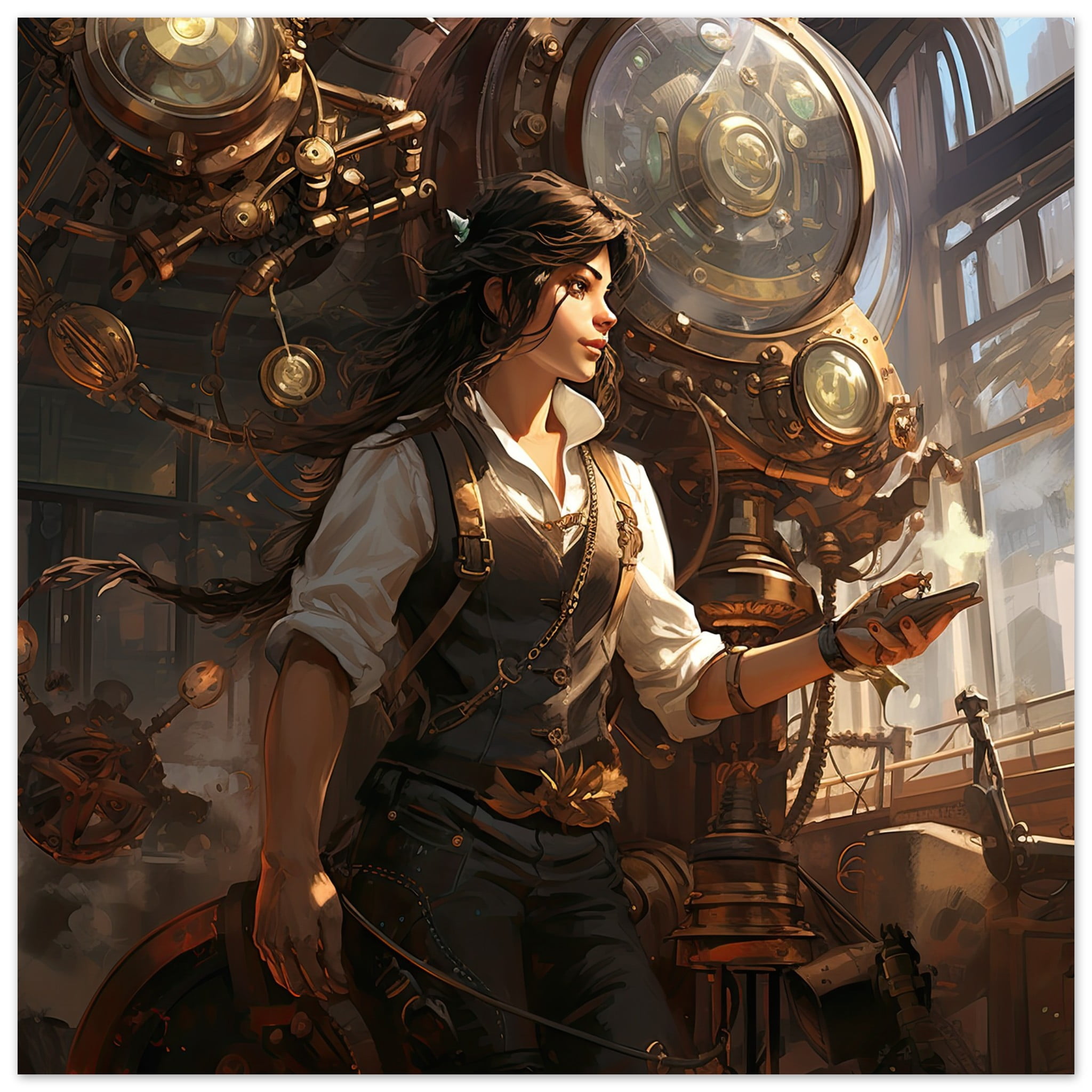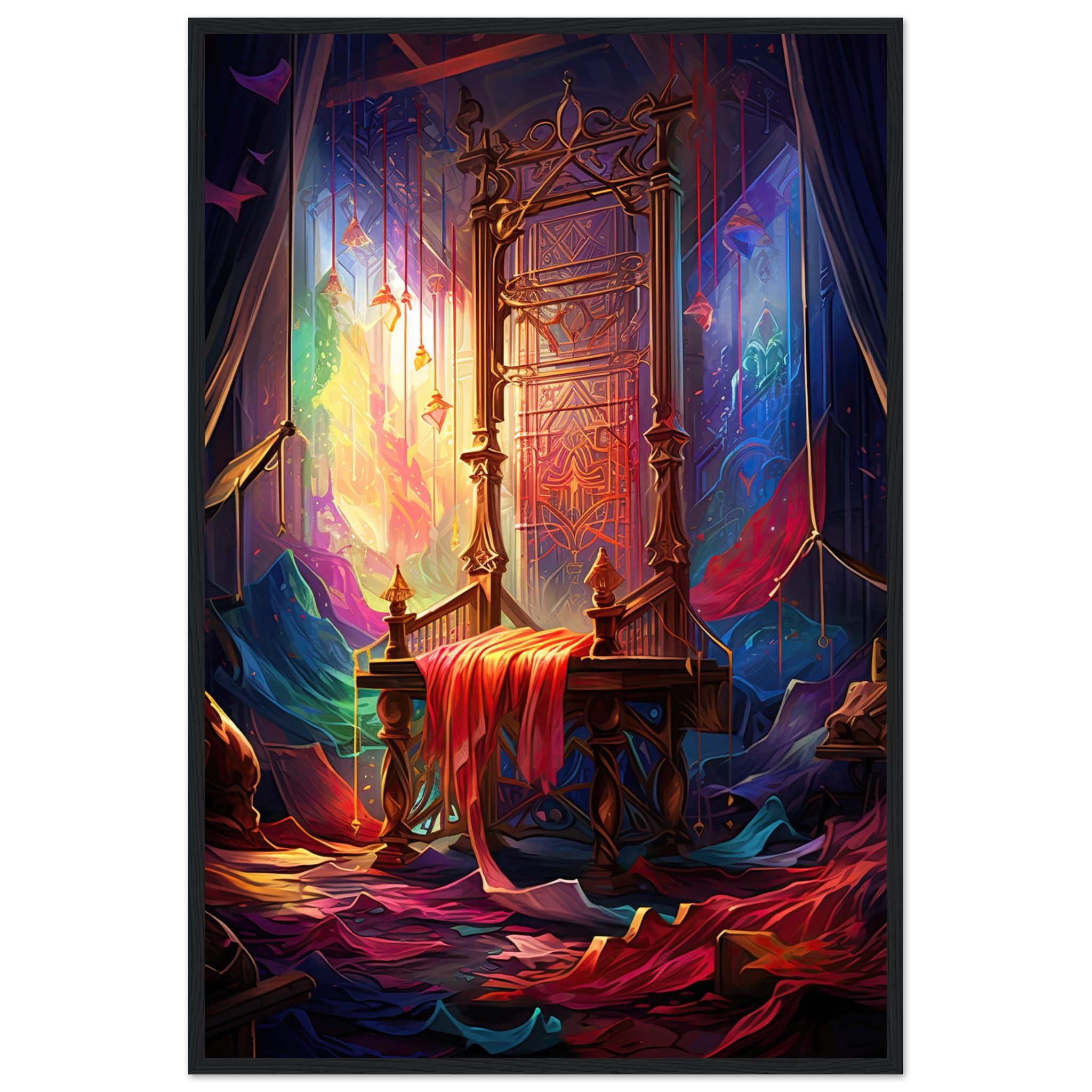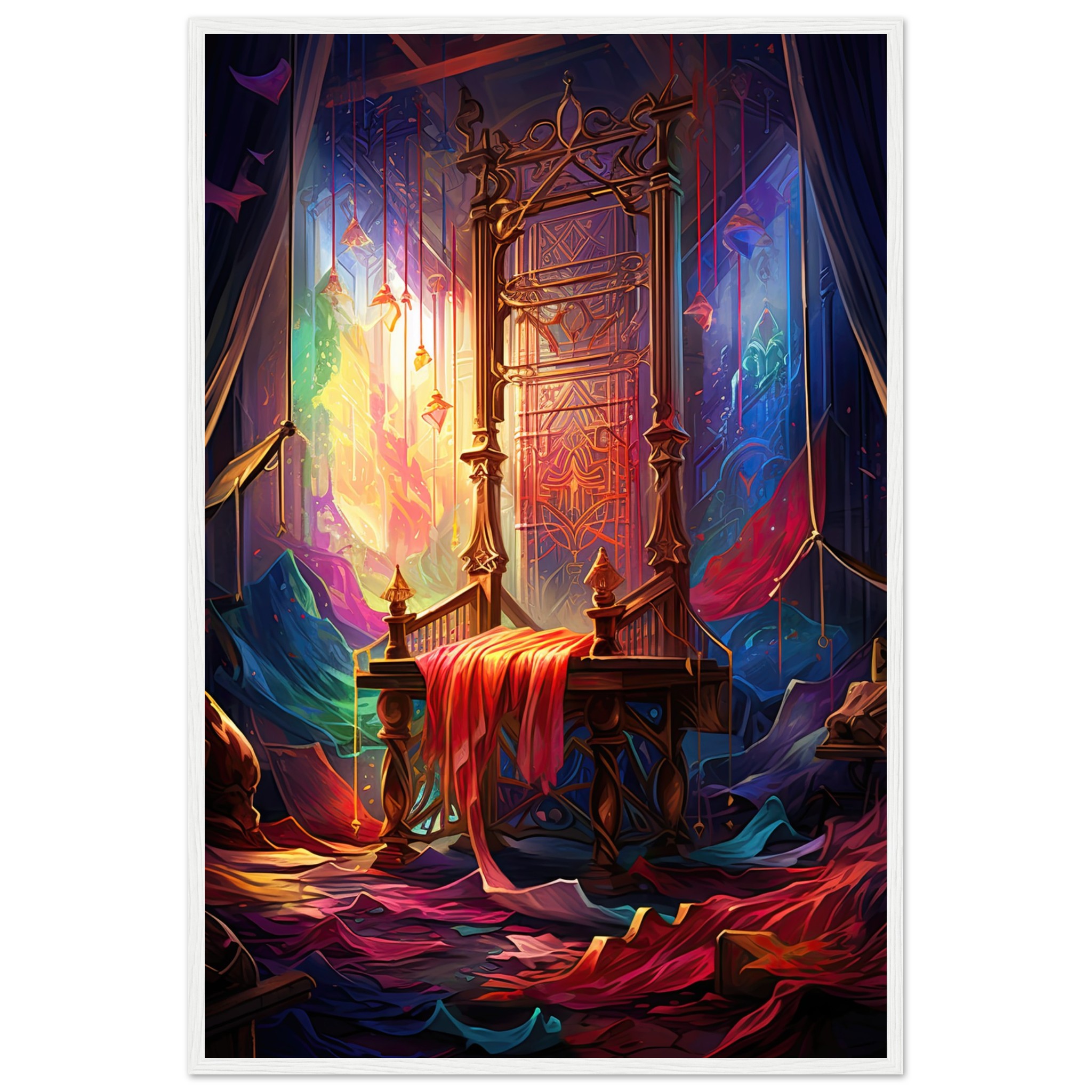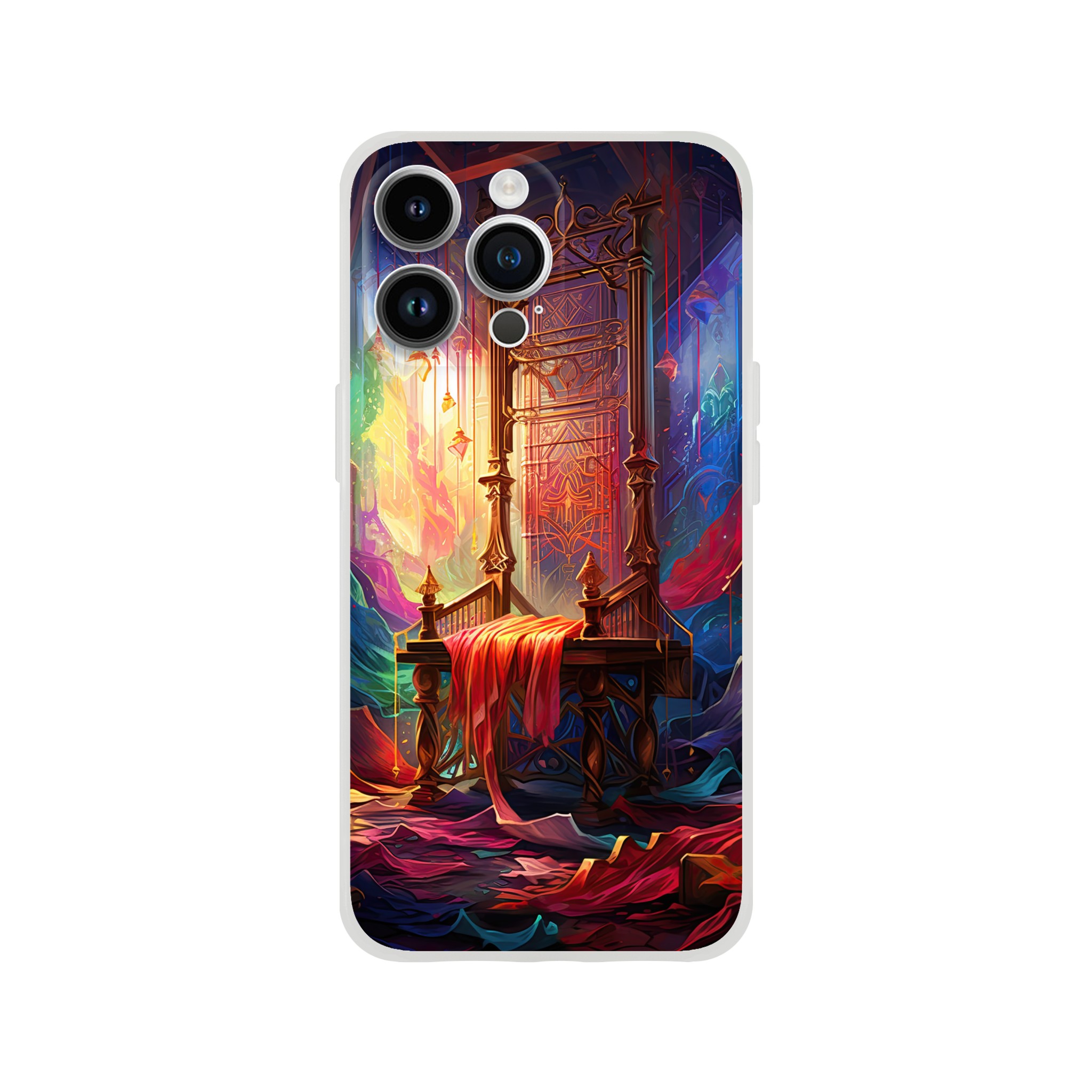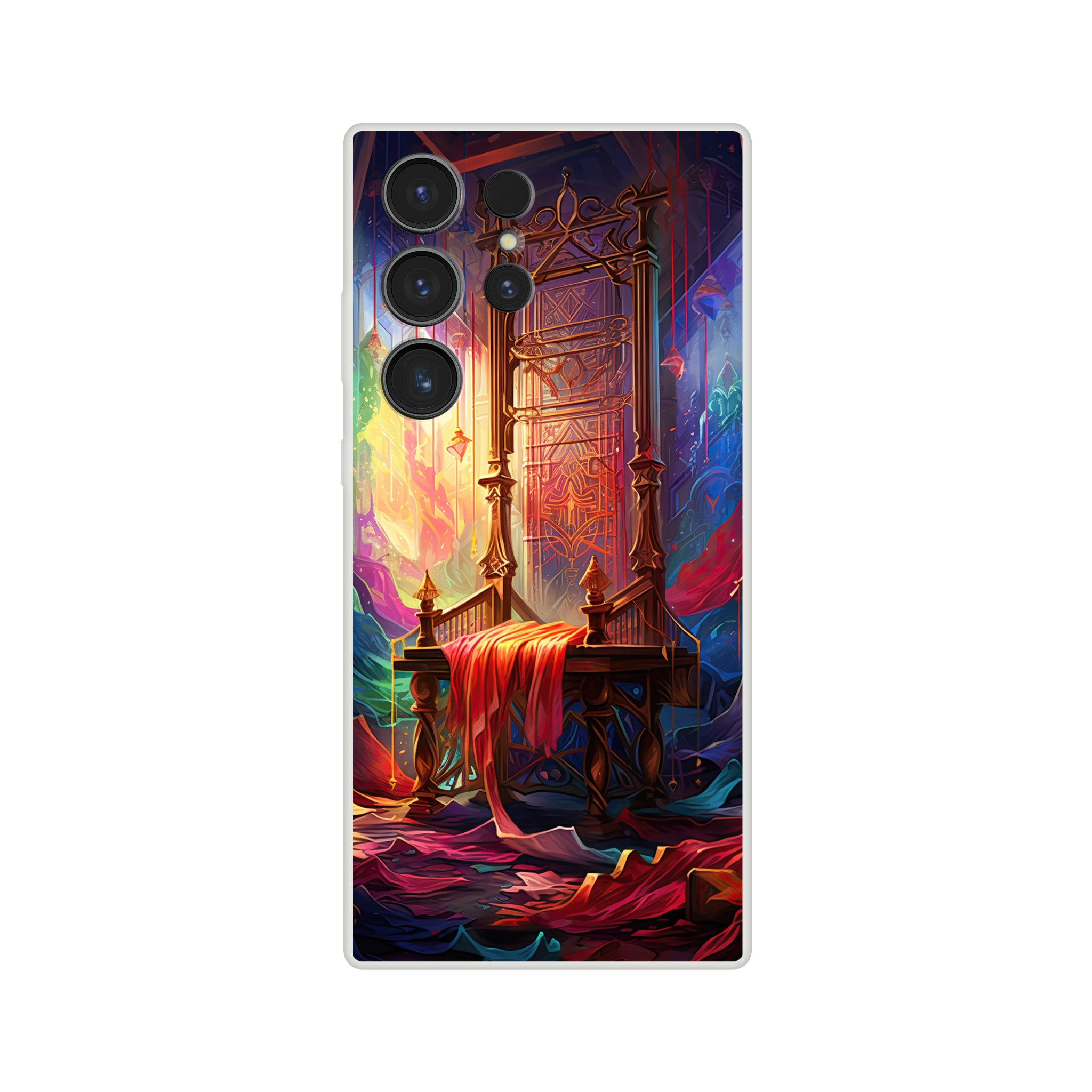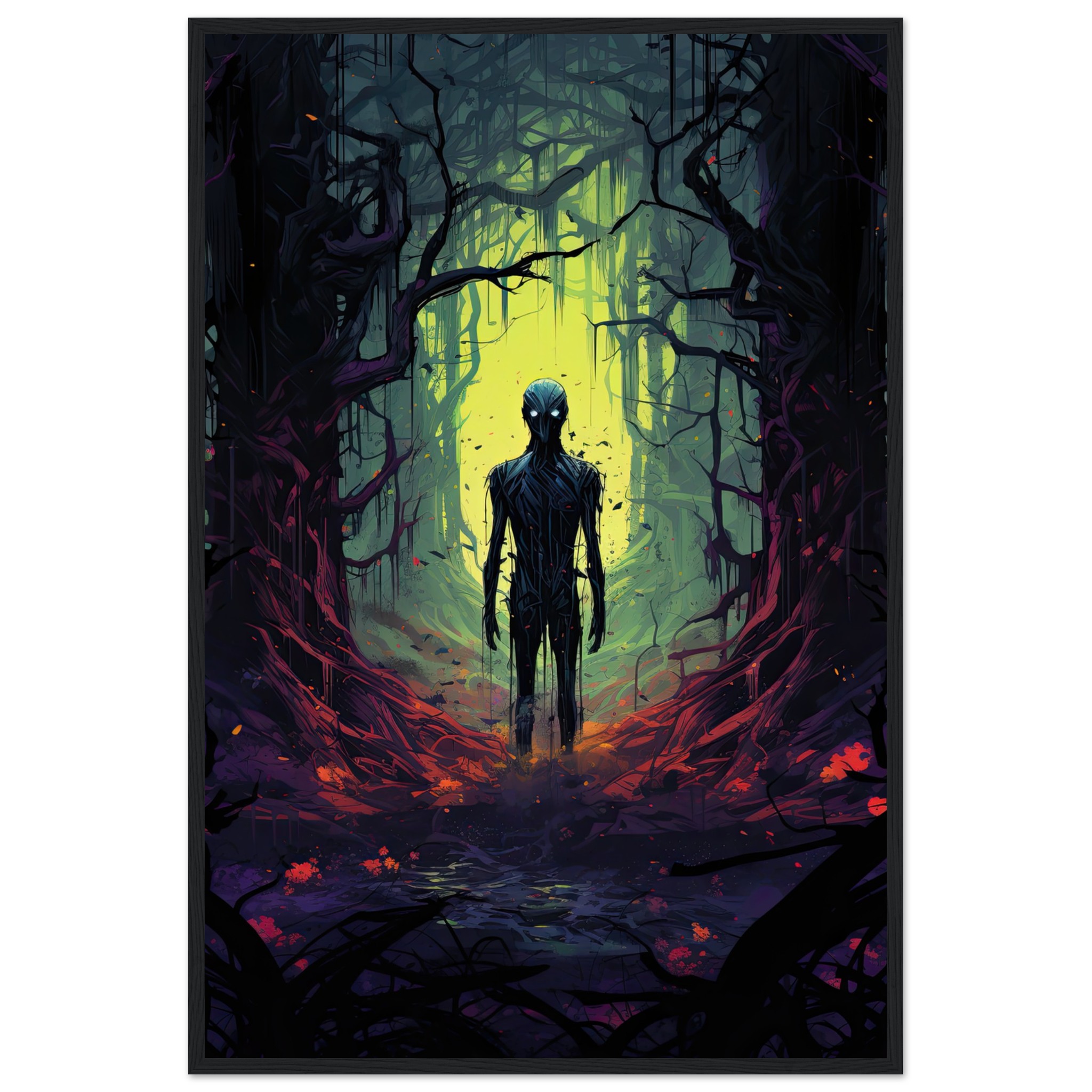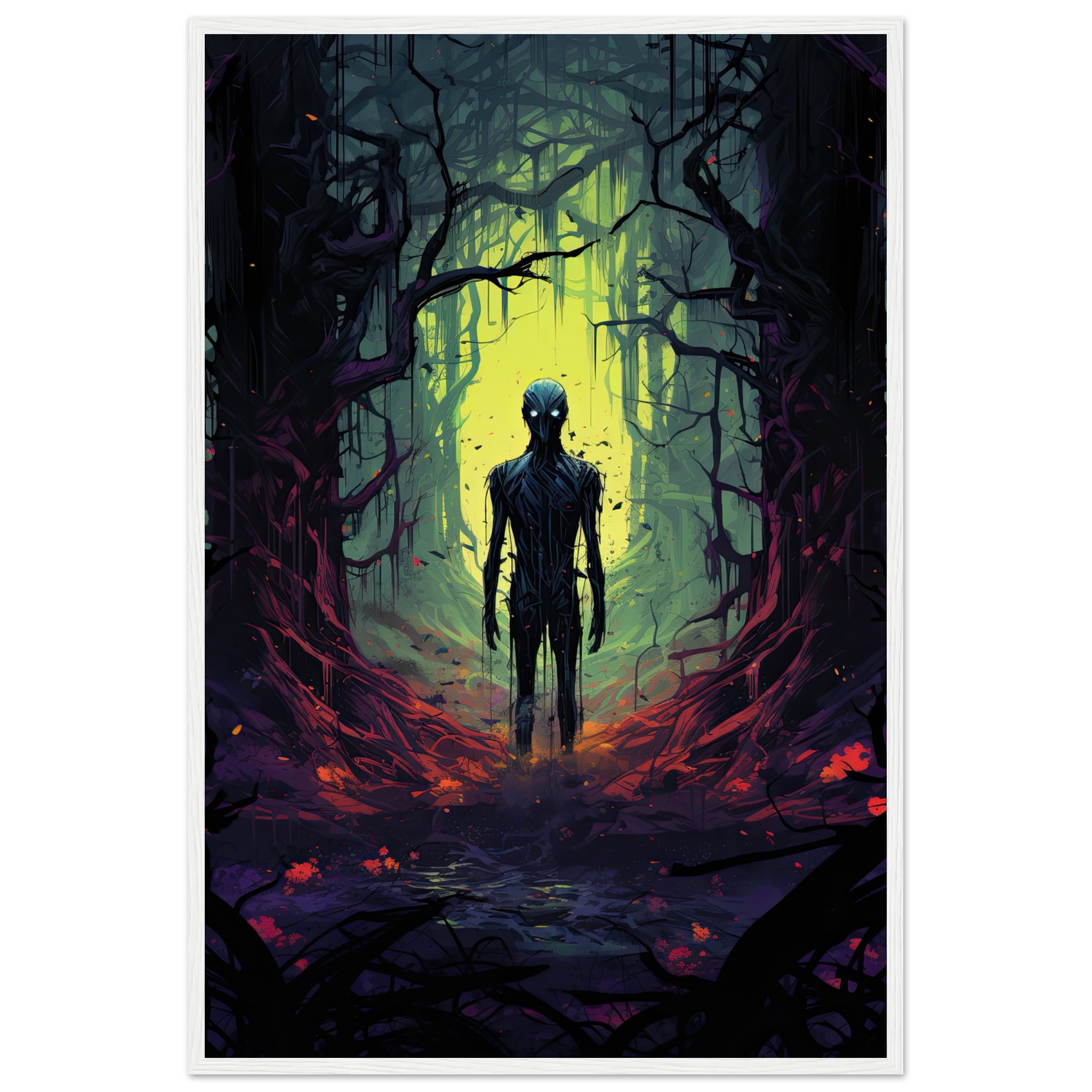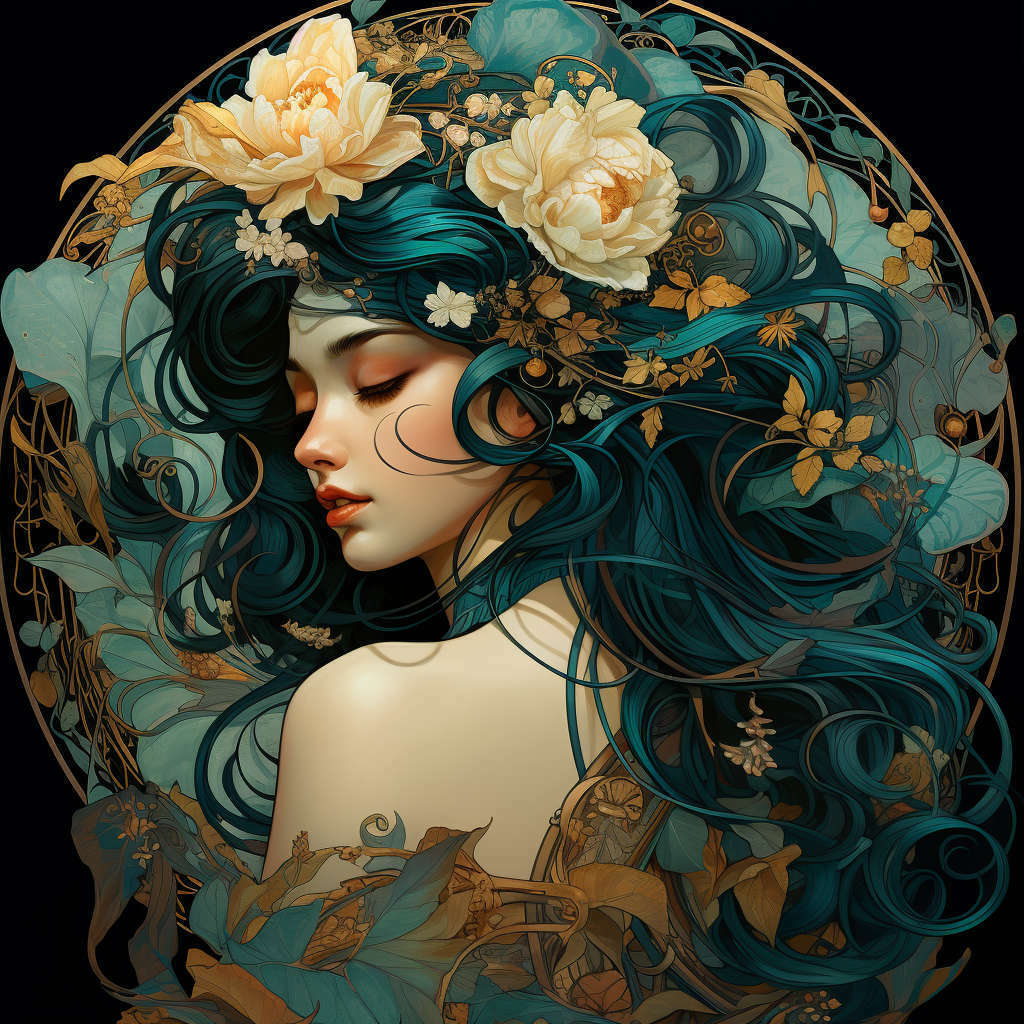
20
Jul
Art Nouveau: Exploring the Fascinating World of Nature-Inspired Art
Art Nouveau, an influential artistic movement that swept across Europe and the United States in the late 19th and early 20th centuries, remains an enduring testament to the seamless integration of art with nature’s beauty. This distinctive style, characterized by its flowing lines, organic forms, and homage to flora and fauna, captured the essence of modernity while seeking to break free from the rigidity of academic art. In this 1,000-word article, we delve into the origins, characteristics, key figures, and lasting impact of Art Nouveau, exploring how it revolutionized art, architecture, and design during its vibrant heyday.
Origins and Influences
The origins of Art Nouveau can be traced back to the 1880s, primarily in response to the rigid academic art and historicism that dominated the 19th-century art scene. Artists, architects, and designers sought to break free from the conventional norms and create a new aesthetic language that embraced modernity while celebrating nature’s grace. The movement was heavily influenced by various sources, including the British Arts and Crafts movement, which emphasized the craftsmanship and beauty of handmade objects, and the Japonisme trend, which introduced Japanese art and design elements to the Western world.
Characteristics and Aesthetics
At the heart of Art Nouveau lies a deep appreciation for nature’s harmonious forms. The movement’s characteristic features include the use of sinuous, flowing lines, often referred to as “whiplash” or “tendril” curves. These lines mimic the organic shapes found in plants, flowers, and the human body, creating a sense of movement and grace in the artwork. Artists and designers also drew inspiration from the natural world, incorporating motifs such as vines, leaves, flowers, and insects into their creations.
The movement’s fascination with nature extended beyond imagery to materials and techniques. Art Nouveau artists experimented with innovative materials, such as iron, glass, and ceramics, and embraced new technologies of their time. They sought to create a unified and harmonious environment where art and design seamlessly blended.
Key Figures of Art Nouveau
Numerous artists, architects, and designers embraced the Art Nouveau style, leaving a significant mark on the movement. One of the most influential figures was the French architect Hector Guimard, renowned for his iconic Art Nouveau entrances to the Paris Métro stations. His fluid and organic designs became synonymous with the movement.
The Czech artist Alphonse Mucha was another prominent figure in Art Nouveau. His exquisite posters featuring ethereal women with flowing hair are among the most recognizable works of the period. Mucha’s elegant designs, often referred to as “Mucha Style,” epitomize the graceful and ornate aesthetic of Art Nouveau.
Gustav Klimt, an Austrian painter, and founder of the Vienna Secessionist movement, was celebrated for his distinctive use of gold leaf and intricate patterns in his artwork. His renowned painting “The Kiss” exemplifies the opulence and romanticism of the Art Nouveau style.
Art Nouveau in Architecture
Art Nouveau’s impact extended beyond the canvas into architecture. Architects sought to create buildings that harmonized with their natural surroundings and celebrated the organic forms found in nature. Elaborate facades adorned with floral motifs, asymmetrical layouts, and wrought-iron decorations became characteristic of Art Nouveau architecture.
Antoni Gaudí, the Spanish architect best known for the Sagrada Família in Barcelona, epitomized the architectural expression of Art Nouveau. His design for Casa Batlló, with its undulating facade and colorful mosaics, showcases the movement’s embrace of fluid lines and imaginative use of materials.
In Belgium, Victor Horta’s Hôtel Tassel and Hôtel Solvay are exemplary Art Nouveau buildings, with their curvilinear forms, decorative ironwork, and stained glass windows. These architectural masterpieces emphasize the unity of design and the integration of art with daily life.
Art Nouveau in Design and Decorative Arts
Art Nouveau’s influence extended to the decorative arts, including furniture, ceramics, jewelry, glassware, and textiles. Designers embraced the movement’s flowing lines and natural motifs, creating pieces that exuded elegance and functionality.
René Lalique, a renowned French glassmaker and jewelry designer, crafted exquisite Art Nouveau pieces adorned with intricate floral and nature-inspired patterns. His distinctive jewelry and glassware designs remain highly sought after to this day.
Louis Comfort Tiffany, an American artist and designer, is celebrated for his intricate stained glass windows, lamps, and decorative objects. His distinctive use of iridescent glass and innovative techniques elevated stained glass to an art form, redefining the boundaries between craftsmanship and fine art.
Legacy and Impact
Art Nouveau’s impact on the art world was profound, inspiring subsequent artistic movements and continuing to influence design and architecture today. While the movement experienced a decline after World War I, its ideals and aesthetics have left a lasting imprint on various design styles, including Art Deco, Bauhaus, and Mid-Century Modern.
Art Nouveau’s emphasis on the integration of art with daily life laid the groundwork for the modern concept of “total design,” where all aspects of design harmonize within a unified environment. Its celebration of nature’s beauty and the allure of graceful lines continue to captivate artists, designers, and art enthusiasts alike.
Art Nouveau, a remarkable and influential artistic movement, celebrated the beauty of nature and broke free from the constraints of academic art. Its sinuous lines, organic forms, and intricate motifs continue to inspire and enchant art lovers and designers worldwide. From the iconic works of Alphonse Mucha to the visionary architecture of Antoni Gaudí, Art Nouveau remains an enduring testament to the seamless fusion of art with nature’s grace and elegance.


